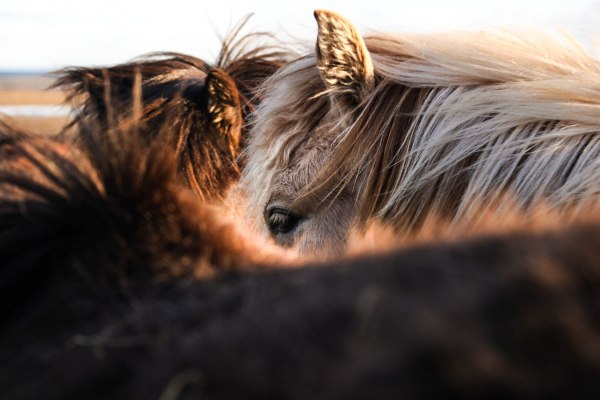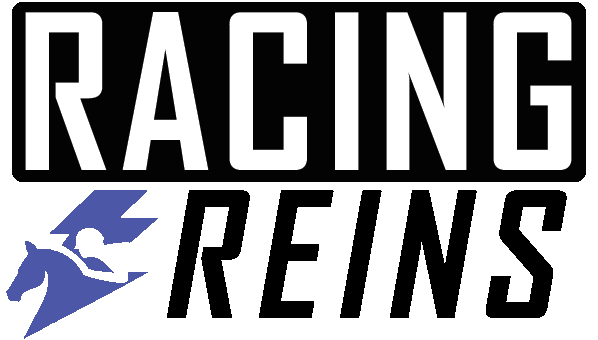
At the Global Symposium on Racing, industry experts discussed the impact of racetrack closures on the long-term sustainability of the industry, highlighting issues such as the decline of the foal crop, competition for horse owners, and the consolidation of equine assets. They suggested potential solutions such as developing new flagship tracks, redirecting to suitable opportunities in the south, and improving the product for bettors.
‣ The panel discussed the impact of racetrack closures on the long-term sustainability of the horse racing industry, highlighting issues such as the decline of the foal crop, competition for the thinning horse population, and the emergence of “super” trainers and multiple-owner partnerships.
‣ Bill Nader, the president and CEO of the Thoroughbred Owners of California, suggested that the industry could potentially stem the tide of closures by exploring new flagship tracks, leveraging existing assets, and improving the product to attract bettors.
‣ The panel also emphasized the importance of supporting smaller tracks and ensuring that owners are engaged and have a chance to make money, with Craig Fravel, the executive vice chairman of 1/ST Racing and Gaming, stating that the industry needs to try new and different strategies, even if they may be uncomfortable.
T. D. Thornton reported on a panel discussion about racetrack closures. The discussion took place during the prime afternoon slot on the first day of the Global Symposium on Racing. The University of Arizona Race Track Industry Program (RTIP) in Tucson hosted the event. The panel had the potential to be a somber affair, but it turned out to be quite engaging. The conversation took an interesting turn when the topic shifted to how the industry might best stem the tide of Thoroughbred venues going dark for good.
The topic, “Land For Sale. How Will Race Track Closures Impact the Industry’s Long-Term Sustainability?” was discussed. It brought up some of the commonly debated issues facing the industry. These included the decline of the foal crop, the fierce competition for the thinning horse (and horse owner) population, how to shore up field sizes, and the emergence of “super” trainers and multiple-owner partnerships.
The panelists largely agreed on one thing. They believed that these practices are consolidating the remaining equine assets into the hands of too few entities. However, each speaker had a slightly different take on how to best deal with these woes.
Bill Nader, the president and chief executive officer of the Thoroughbred Owners of California (TOC), didn’t shy away from asking what he termed as “the hard question”. He was referring to the state of racing in California, which he represents. California is facing outsized upheaval because of the planned 2024 closure of Golden Gate Fields. This comes right on the heels of a 10-year span that also saw top in-state tracks Hollywood Park and Bay Meadows slide off the Thoroughbred grid.
Nader posed a question: “What’s the best path forward, and can California support two circuits?” He then followed up with the TOC’s perspective. “We know we have the [Northern] fairs, that’s a given,” Nader said. “And we have Southern California. But can we support two circuits, knowing what we know?” He was referring to the above-mentioned downward trends.
Nader continued with his thoughts. He suggested that one avenue could be to look at something new [as a flagship track] in the north. He also mentioned the lack of alternative revenue streams from gaming to fund purses, which makes it really hard. He described it as doing it the old-fashioned way, pari-mutuel wagering only, sort of one arm tied behind your back.
Nader explained that for Californians, it can be difficult to see other iconic, nationally important tracks, like Belmont Park and Keeneland, planning substantial long-term facility upgrades. Meanwhile, grand places like Santa Anita and Del Mar are more focused on the year-to-year survival of their underlying state circuit. “That’s great that they’re leveraging that [financial] advantage to make their venues better, no problem with that,” Nader said. “But I want everybody to be reminded how important California is. California doesn’t have those [secondary revenue] advantages…. In terms of expectation management, we’re okay, but we still want to escalate to the next level…. I think for the rest of the country, everybody should recognize [how] important California is to the rest of the country: Racing, breeding, history, tradition.”
Smaller tracks weren’t left out of the discussion. Phil Ziegler, the president of Emerald Downs in Washington, made the observation that all too often the big-name track closures get the headlines. However, it is often the disappearance of the smaller venues, like county fair race meets, that quietly erode the sport from the bottom up.
Chris McErlean, the vice president of racing for Penn Entertainment, Inc., whose Thoroughbred track holdings include Penn National in Pennsylvania, spoke candidly. He talked about how well-intended racing executives in Penn’s home region of the mid-Atlantic unintentionally contribute to the very problems they’re trying to fix. This includes, McErlean said, giving big-outfit trainers “unlimited” stall allotments or writing so many conditions that races either become hard to fill or go with too few entries to be appealing to bettors.
McErlean talked about how difficult it can be for a racing executive to deny alleged “super” trainers stall space and dominance across race conditions. He said that if they clamp down, that trainer will just move on to the next track down the road that will be more accommodating. “I think we’ve hurt ourselves that way, and it just becomes more difficult to bring that genie back into the bottle once you let it go,” McErlean said.
McErlean continued, “I’ve been involved in the mid-Atlantic for maybe 25, 30 years. Tracks always work together very well there. But every year the discussion is, ‘Let’s coordinate race dates’ or ‘We need to coordinate race dates, it makes sense.’ And it never happens. So, yeah, we’re our own worst enemies. But at the end of the day, we run our individual businesses. We’re not a league. We compete against each other [and] it’s difficult to do those changes [because] we can step out and make the right choices, and then everybody else keeps doing what they’re doing, and then we end up being the net loser. People want to cooperate. It’s just very difficult to be able to actually pull the trigger…. In theory it sounds good. In practice, it’s just much more difficult to execute.”
Craig Fravel, the executive vice chairman of 1/ST Racing and Gaming, whose portfolio of tracks includes Santa Anita, Gulfstream Park, and the to-be-closed Golden Gate, underscored a focus-on-owners mantra. “We do have to make sure that owners are sustained in a more profound manner, that they’re engaged, and that they have, you know, a fighting chance to make some money,” Fravel said. “It’s a game of hope. We don’t want to fool them into thinking that this is a [can’t-miss] investment in Microsoft in 1978. But we do want to give them hope, and we want to make sure they’re well-treated…
Fravel concluded, “If we’re going to try to change things, we’re going to have to try things. We’re going to have to do things that are new and different and sometimes make us uncomfortable.”
